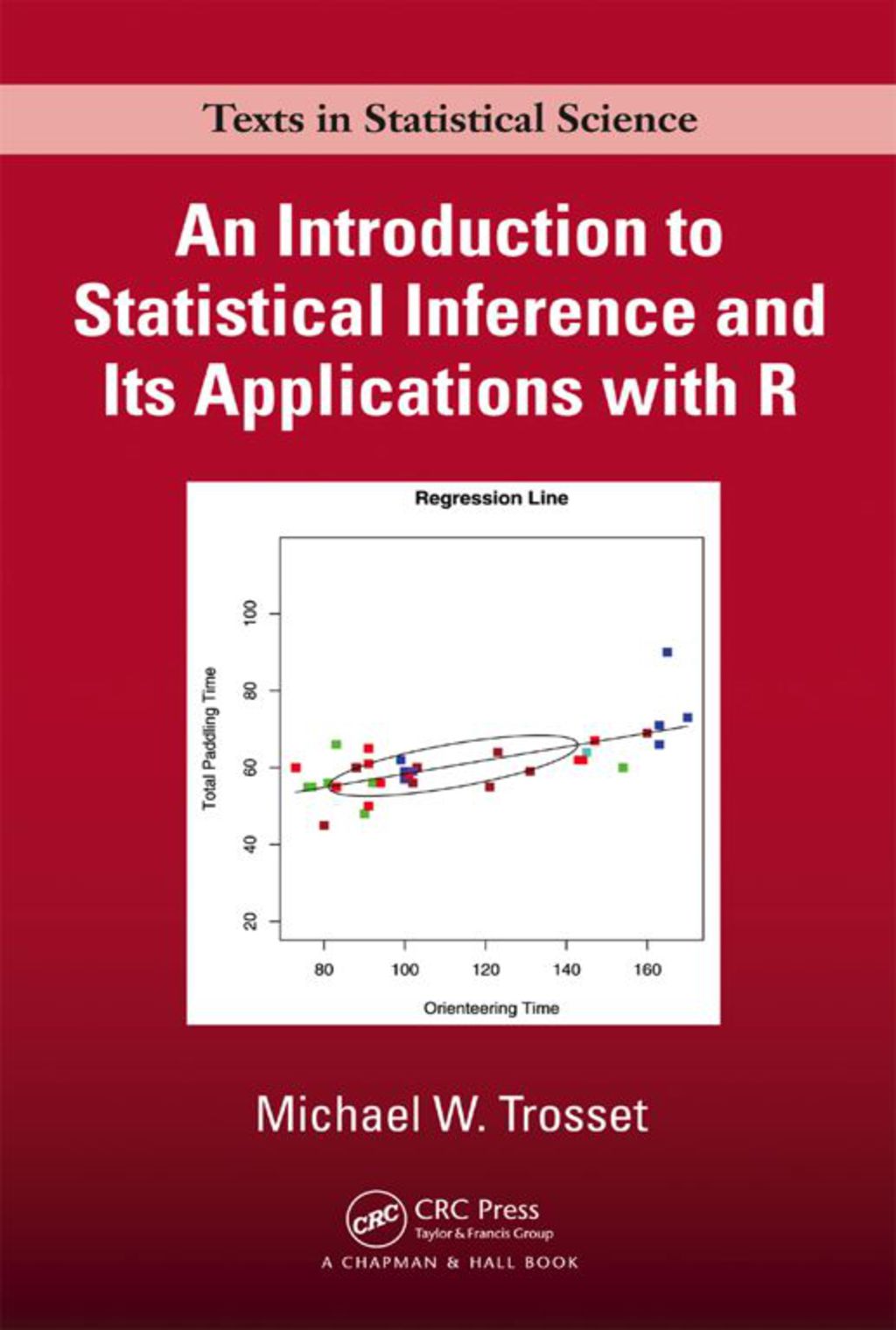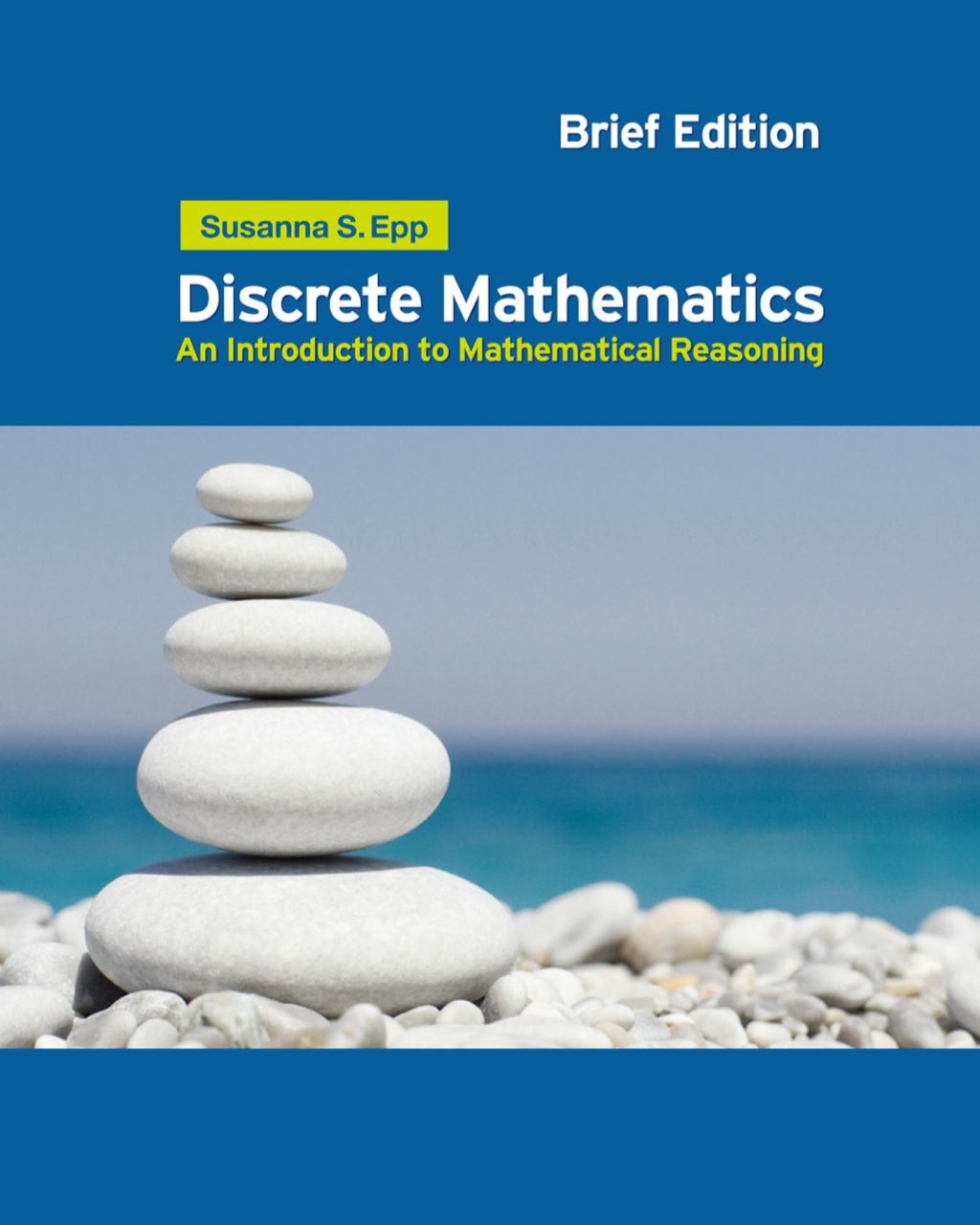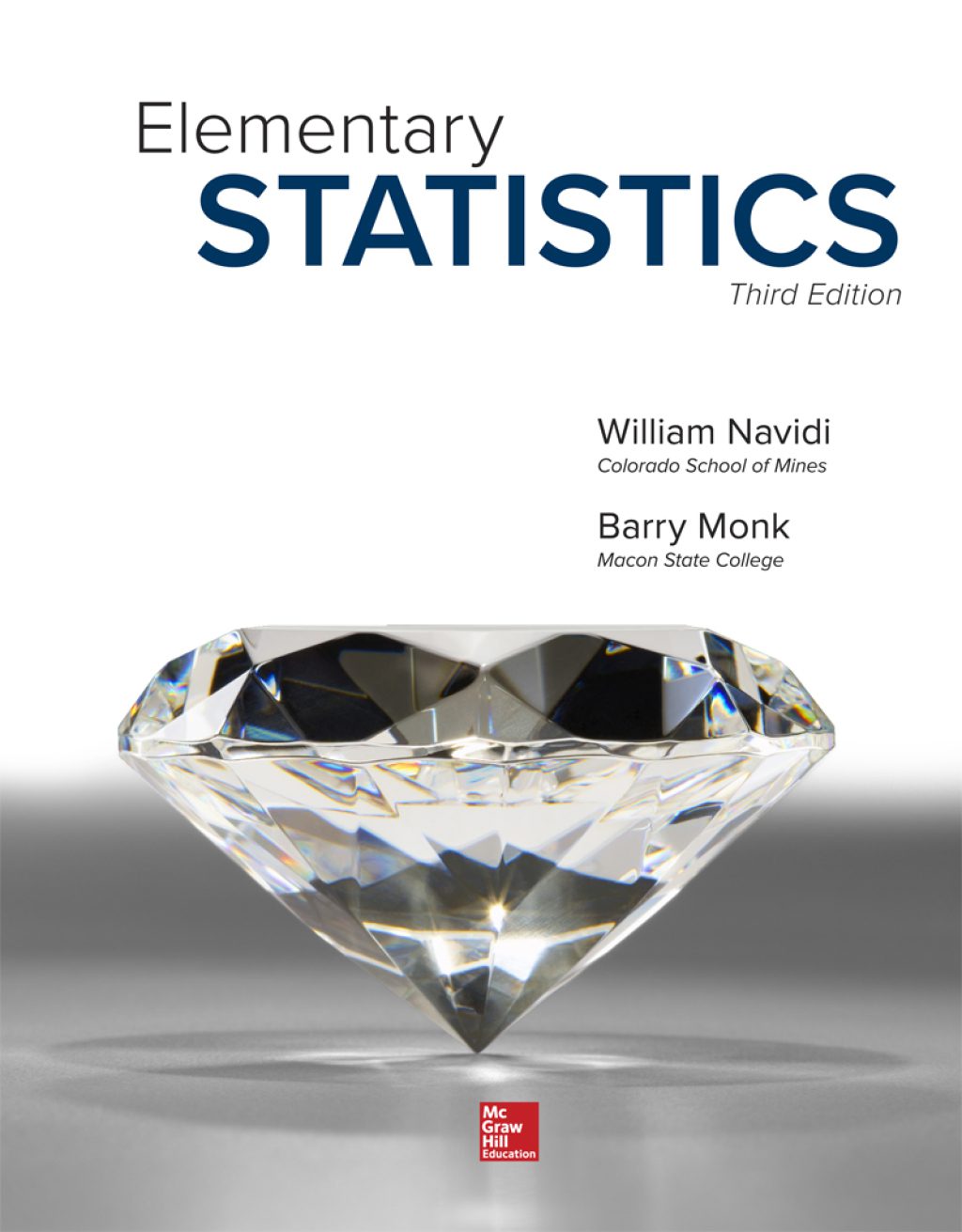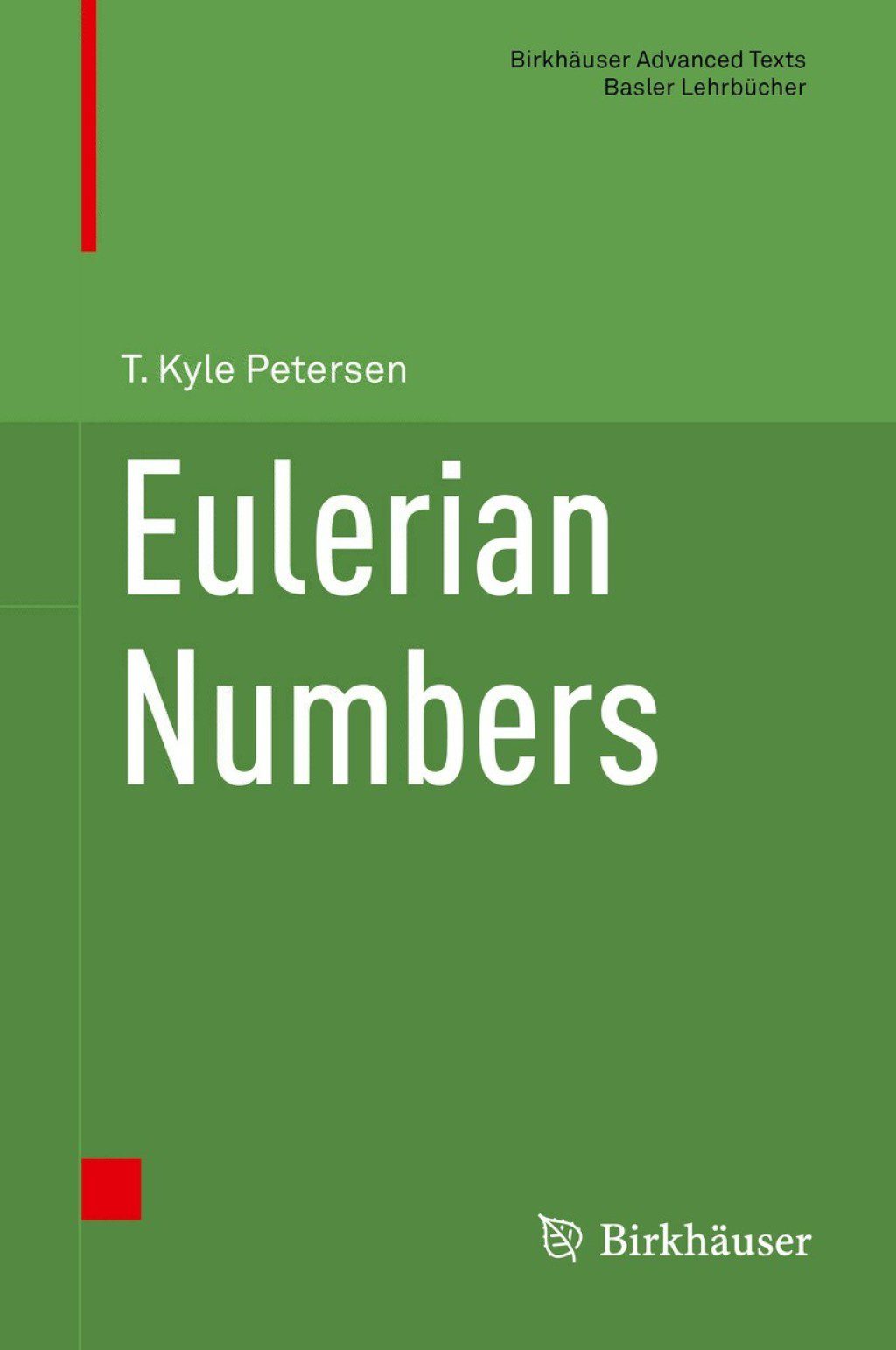Shigeji Fujita, Kei Ito038774102X, 9780387741024
The measurements of the Hall coefficient RH and the Seebeck coefficient (thermoelectric power) S are known to give the sign of the carrier charge q. In sodium (Na) forming a body-centered cubic (bcc) lattice both RH and S are negative, indicating that the carrier is the “electron”. In silver (Ag) forming a face-centered cubic (fcc) lattice the Hall coefficient RH is negative but the Seebeck coefficient S is positive. This complication arises from the Fermi surface of the metal. In conducting matter physics the “electrons” and the “holes” play important roles. The “electrons” (“holes”) which by definition circulate counterclockwise (clockwise) around the magnetic field (flux) vector B cannot be discussed based on the prevailing equation of motion in the electron dynamics: dk/dt=q (E + v x B), k = k-vector, E = electric field, v = velocity since the energy-momentum relation is not incorporated in this equation. In this book we shall derive Newtonian equations of motion with a symmetric mass tensor. We diagonalize this tensor by introducing the principal masses and the principal axes of the inverse-mass tensor associated with the Fermi surface. We demonstrate that the “electrons” (“holes”) are generated near the Fermi surface, depending on the curvature sign of the surface. As applications, we treat magnetic oscillations in the susceptibility and conductivity, cyclotron resonance, thermopower and infrared Hall effect. In each case we treat the phenomena, starting with the crystal structure and using the Fermi surface. Free-electron model, phonons, kinetic theory of the electron transport, the magnetic susceptibility and the Boltzmann equation method, which are normally covered in the introductory solid state physics course are included as the preliminaries. The text is composed of three parts, Part I preliminaries, Chap. 1-6, Bloch electron dynamics, Chap. 7-10, and applications, Chap. 11-15. | |







Reviews
There are no reviews yet.